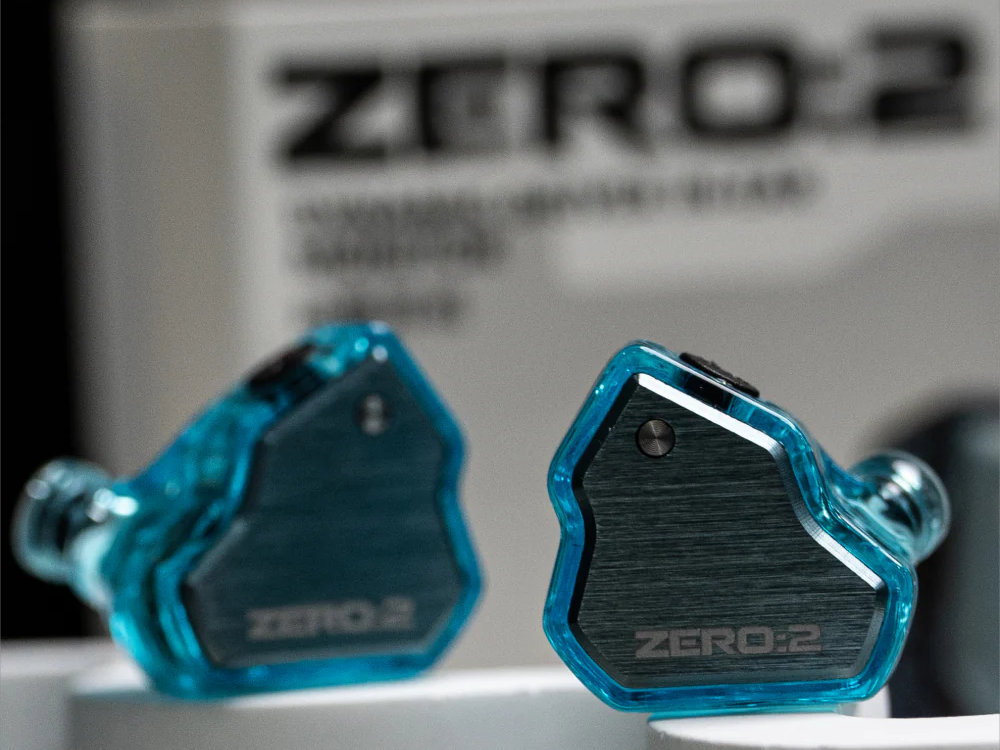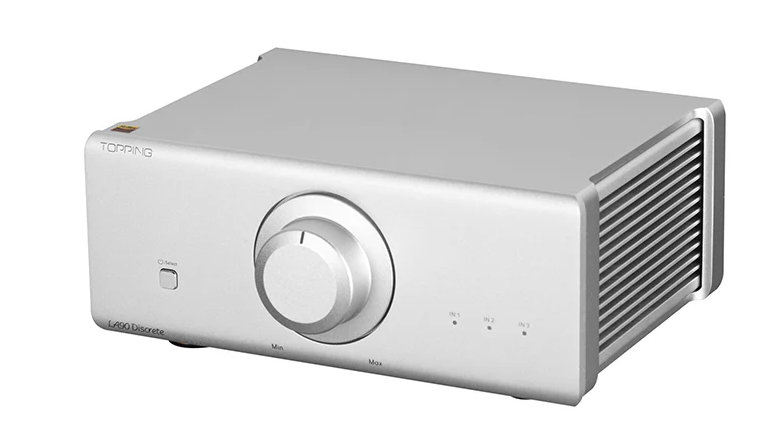There are certain objects that are so cheap and immediately useful that I consider them must buy recommendations. For people who solder, the Pinecil costs next to nothing and has become my go-to for soldering irons. Electric dusters are a game changer when it comes to cleaning. In that same vein, if you stream or do basically anything on a computer, IEMs (in-ear monitors) have gotten tremendously good over the last five years, to the point where you should absolutely get a pair.

To radically oversimplify for people who don’t post on audiophile forums, IEMs are kinda the professional equivalent of earbuds, although there are many differences. They wrap around your ears with a detachable cable, fit much more snugly, and offer have better audio fidelity than consumer earbuds. IEMs are often used for monitoring and in live performances so the performer can hear the mix clearly. That thing in a musician’s ear at a music festival? That’s an IEM.
IEMs were often more expensive, and still are on the high end, or if you are getting them custom fitted. (I have done this for custom earplugs before; the process feels very weird.) But like many things recently, a lot changed as Chinese companies have gone from simply producing audio goods to being major players in the market and now dominating some corners handily.

Go on a forum like Audio Science Review and you see just how well Chinese audio companies, a market segment colloquially dubbed “Chi-Fi,” are doing in the space. HiFiMAN, based out of Tianjin, has been one of the best values when it comes to planar magnetic headphones since it was founded in 2005. When it comes to Digital Audio Converters (DACs) and amplifiers, companies like Topping and S.M.S.L. regularly knock the competition out of the park at a fraction of the price. And when it comes to a multi-room audio streamer, my money is not on the expensive and proprietary Sonos, but WiiM: a tiny, versatile puck/box that works with basically every platform you can imagine. WiiM even has their own integrated amplifier, and it’s well-loved.

This shift in a specific nerd market is in no way unique. No matter where you turn, Chinese companies are increasingly dominating more and more niche hobbies under their own company names, from affordable watches and electric vehicles to bike components and fountain pens. And barring some massive geopolitical shift, it’s going to continue to happen for the foreseeable future.
When it comes to IEMs, the company that changed everything was Moondrop. The 80 dollar Moondrop Aria, itself a slight refinement of the 129 dollar Moondrop Starfield, impressed people for the money at the time. But nothing could prepare people for the Moondrop Chu. It cost 20 dollars, and although it did not have removable cables, it was EQ’d flat and very well tuned. For the money, a usable pair of earbuds that sounded that good was unheard of. Sure, the lack of removable wires was not ideal, although that would eventually be refined with the Chu II. And yes, it did have a somewhat embarrassing anime waifu as a mascot (most Chinese IEMs do, it’s kind of a bit). But they cost less than most entrees at Chili's and had an unheard of level of fidelity at that price point.
Since then, the market for Chinese IEMs has exploded, in part due to one YouTuber named Crinacle. Crinacle runs one of the larger single databases of IEMs, In-Ear Fidelity. Using his measurements or AutoEQ, along with software like Equalizer APO or eqMac, IEMs can be tuned exactly to correct for minor imperfections or to better balance out the monitors to a sound more suited to the taste and purpose of the listener. Crinacle, a charismatic and brashly opinionated personality, went from simply maintaining the database and creating content to becoming involved in the process of tuning and selling IEMs himself. He has since collaborated with multiple IEM producers like TRUTHEAR and 7hz on IEMs like the 7hz Crinacle x Zero:2. I have owned the Hola, the Truthear Zero, which I broke in a very foolish mishap, and the follow up Zero:RED, the latter of which was tuned in a way I preferred much more. I did not mind buying it twice because it sounds very good and costs about $47 dollars.
The market for good IEMs in the $20-$100 dollar range has blown up and you can find more than you can count on either Amazon, Aliexpress or more specialized sellers like Shenzhen Audio. The 7Hz Salnotes Zero and Zero:2 are apparently well loved for $20-$25. I bought a pair of the Moondrop Chu IIs for less than 20 dollars for my girlfriend so she could listen to music on the train. For that price, they sound fantastic, although I was disappointed by the quality control of the cable. Luckily, high quality replacement IEM cables have also gotten very affordable as well, and I bought her an upgrade pair of purple cables from Linsoul.
I’m not saying that everyone needs a pair of high quality, affordable, wired IEMs, but more often than not that’s what I end up turning to. Whenever I stream and I don’t want my ears to get too hot under bright lights, my IEMs are a no-brainer. As a backup in case I ever lose my earbuds, a pair of IEMs plus the 9 dollar Apple USB-C dongle will always do me right. And at my desk, they sound so good that I end up leaving them plugged into my audio interface more often than not. If you’re even remotely interested in buying some new headphones for less than $50 bucks, you’re in luck, because thanks to the many new companies out there, it’s tremendously hard to screw that up.


